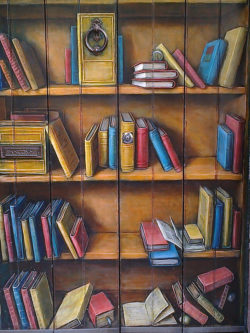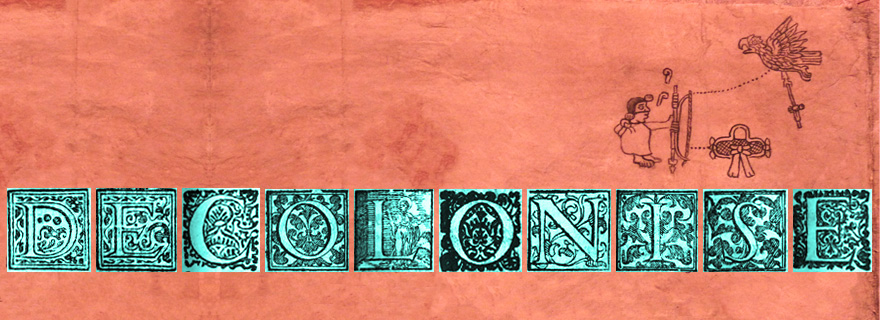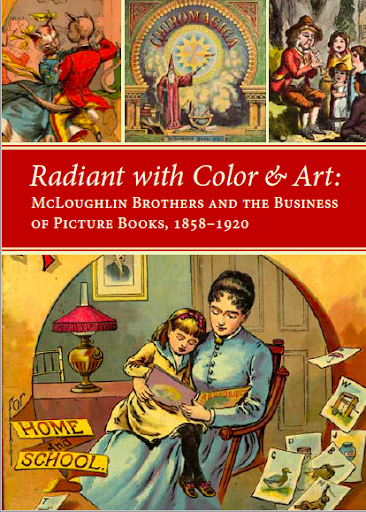SHARP News is excited to announce that the SHARP News bibliographies, which have been published quarterly till now, will be supplemented with bibliographies on specialized topics that will not be limited by date, format, or language. Read more about how you can contribute to our list of potential topics!
Simone Murray, The Digital Literary Sphere
Simone Murray’s The Digital Literary Sphere has a set of ambitious and interrelated objectives. The book proposes to understand digital writing as the product of an industry that is also becoming digital, touching on the ways that the digital sphere creates its own conceptualizations of authorship, marketing, book reviewing and reading. The Digital Literary Sphere additionally features a rationale for thinking of “the digital’s significance for literary culture” (1) via some of the methods and concerns of book history, media studies, and a specific aspect of electronic literary studies. Along the way, Murray considers, and for the most part discards, other ways of understanding digital writing, including literary studies more generally, the Digital Humanities, cultural studies, approaches making use of Bourdieu’s conception of the literary field, and literary sociology. ☛ ☞
On Decolonising Book History
Discussions on how to decolonise academia are far from new. As scholars, we are keenly aware that the current privileged knowledge structures have co-built the world we live in with all its shortcomings. Besides the wider effects of these discourses and narratives, the way in which we have studied book history has also been affected. This was the larger topic that gave way to the panel on decolonising book history that took place during SHARP in Focus on 15 June 2020 organised by Melanie Ramdarshan Bold and Danielle Fuller. ☛ ☞
Lauren B. Hewes and Kayla Haveles Hopper, eds., Radiant with Color & Art
“What’s the use of an exhibition catalog,” Alice might well have said to herself, “if it doesn’t have beautiful pictures and brilliant essays?” This catalog of the McLoughlin Brothers’ more than sixty years of publishing children’s books, games, and toys surely would have delighted little Alice. The first third of the book consists of three well-written informative essays and the last two thirds make up the illustrated exhibition catalog itself. The items were drawn primarily from the holdings of the American Antiquarian Society with help from private collectors Linda F. and Julian L. Lapides, Richard Cheek, and the George M. Fox Collection at the San Francisco Public Library. ☛ ☞
2018 Bibliography
Complete bibliography for 2018 listed by regional focus. Compiled by Cecile Jagodzinski.




